One of the most pressing concerns for me, when I began raising chickens, was what to do with them in winter. Living in northwest Montana, I’m accustomed to plenty of snow, some nice arctic wind, and temperatures ranging from the high 20s to below zero. If we have a chinook in January or February, then we also get ice for the rest of the winter, but that’s another story.
https://www.instagram.com/p/BWRkT2aAQXQ
I was keen to know what I should do to prepare my chickens and their home, an old shed, for the harsh realities of winter. I consulted my father, one of the last in a dying breed of cowboys. Raised on a ranch homesteaded by his grandparents, his folks had raised chickens in an old shed with a single light bulb on during the winter.
It didn’t sound too difficult to me at the time.
The Concern Of Keeping The Chickens Warm
I should have really considered the fact that I’m not sure how my grandparents managed the electrical connection. My electrical connection involved stringing an extension cord from inside our house, through a window (since we have no exterior outlet—and that’s yet another story), across the yard, and into the shed to connect to the heat lamp I’d used for chicks. I had two problems with this.
- First, I’d read that fire was a real hazard in chicken sheds using heat sources, so I was concerned about the dust and straw particles that would be kicked around all winter.
- Second, the extension cord would be lying on the ground all winter. Did I mention that I had four young kids?
- I also had a third concern. What would be the expense of running the light all winter?
It just didn’t seem feasible to light and heat my chicken house given my circumstances. So I asked myself, “How did all those pioneers manage to keep their livestock alive way back when?”
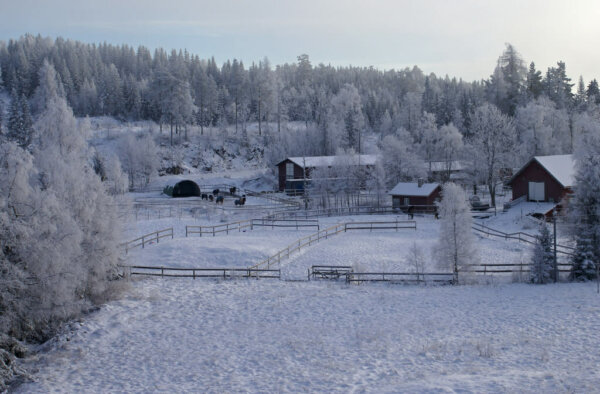
It certainly wasn’t with electricity!
I decided to experiment. I would leave the shed alone and watch to see if the chickens actually needed a light bulb.
I made a startling discovery. Chickens are birds!
Like so many other birds that fly about in the winter, chickens also have feathers that they fluff to trap air and keep warm. They also tuck their beaks in at their backs, and settle in over their feet to provide a skirt of feathers over their toes.
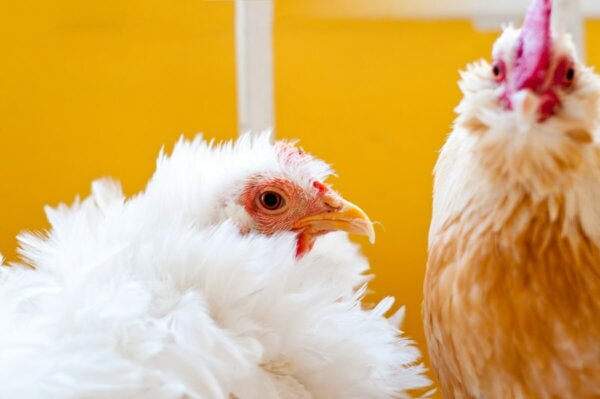
My converted shed to chicken house was built around 1980. Some of the shingling is gone, and there are numerous holes and leaky spots. We were able to position the coop in a somewhat protected location. The shed was blocked to the west (the direction from which the wind attacks) by another structure, and tucked in at the edge of the woods.
I use the deep litter method in my coop — adding straw or wood shavings to absorb droppings throughout the winter, rather than shoveling daily or weekly. This method helps insulate the floor and provide heat through decomposition.
https://www.instagram.com/p/BQsqLh0jWOk
That first winter, despite my nightly tally of twelve chickens, I somehow missed a Buff Orpington one evening. I didn’t realize it until I came out to open the shed the next morning, only to have her hobble out from under the other structure. The structure was was bare, dry earth and a favorite protected hidey-hole for the chickens.
She was looking chilly and quite repentant, but otherwise not the worse for wear. In she hopped for breakfast and nothing more was said. The overnight low had been somewhere in the mid-to-high teens.
Considering My Watering Options
I spent a lot of time that winter watering my chickens. I would bring them fresh, unfrozen water at least twice a day, yet they never seemed to drink much. By the time my second winter with the chickens came, I’d gotten wise.
I had run across a comment on a popular chicken forum site that suggested using a lump of snow to water your chickens should you need to be gone for a day or two. Since I had added to my flock the second year, I was now responsible for watering upwards of thirty chickens, and hauling fresh water multiple times a day didn’t sound appealing.
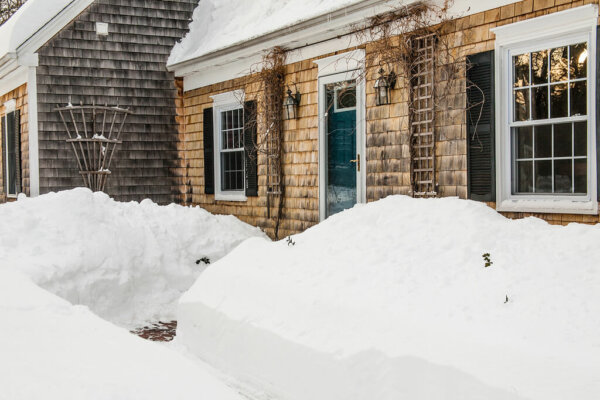
Taking this suggestion, I began placing a couple of plastic, medium-sized bowls filled with snow in the chicken house and refilling as necessary. I didn’t start watering again until the mud puddles were almost dried up in spring.
That second winter, knowing more, I was certainly less stressed. Using the snow to water the chickens helped me tremendously, and knowing that the larger flock would also be generating more heat inside the shed set me at ease.
While I did have a couple of fatalities during the winter, I can’t attribute either to the weather.
The second winter was harsher than the first, with lower overall temperatures. Even with the decreased temperature, it’s important to note that my chickens were outside more. They walked in the packed area around their shed or went under the buildings to scratch in the dirt.
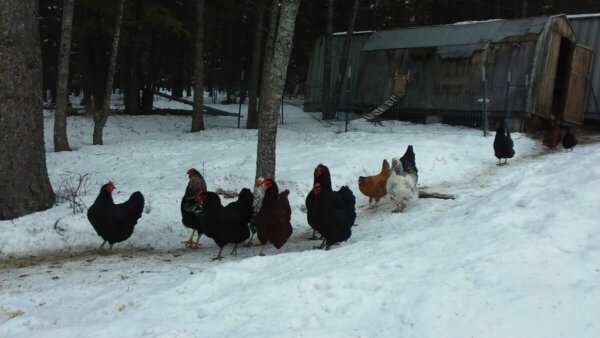
The only thing I did differently besides watering with snow was supplementing their feed with oats. This usually happened when I was running behind on getting to the feed store or when it was particularly cold. In general, the flock didn’t seem particularly uncomfortable.
Maintaining Egg Production
Of course, the other reason why many people use lights in their hen houses is to maintain egg production. I found this part of my “chickens in winter” experiment quite interesting, as it revealed a definitive cycle both winters.
About a month prior to the winter solstice, egg production dropped dramatically. As the solstice drew closer, fewer and fewer hens were laying. Then, for a few days on either side of the solstice, there were no eggs.
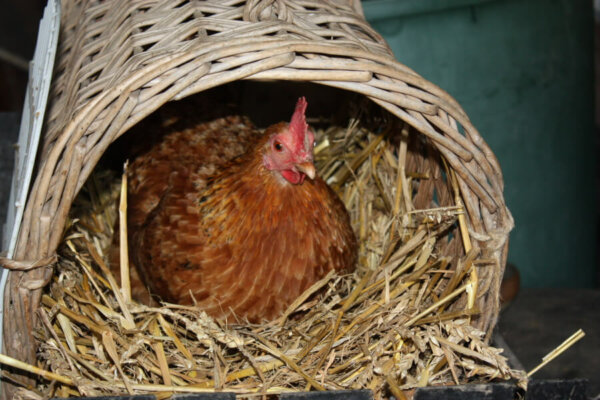
Eventually, production slowly started up again, resulting in an almost perfect bell curve. Since there are a few ways to preserve eggs, saving a few extra from earlier in the year can provide breakfasts during these short dark months.
By the time spring was in full swing, I was swimming in eggs. I hatched some, passed them out to neighbors and church family, and donated dozens to the local Youth Home.
A Learning Experiment
Overall, I learned that my chickens really only needed a protected, dry area in winter. preferably, the chickens would have a roost with plenty of fresh air, feed, and snow. All things considered, the midwinter egg production slowdown is less of an inconvenience to me than running power to my chicken house would be.
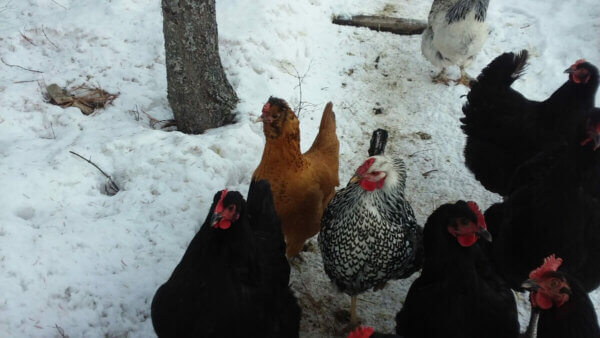
Of course, everyone’s situation will be somewhat different, based on climate, environment, predators, local diseases, and finances. However, just like I learned with my children, I am the one best suited to taking care of my chickens, not a book!





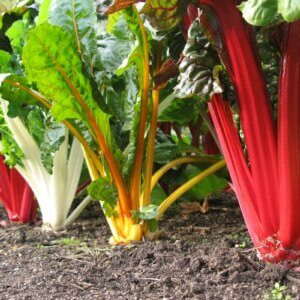

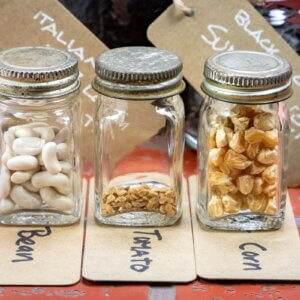








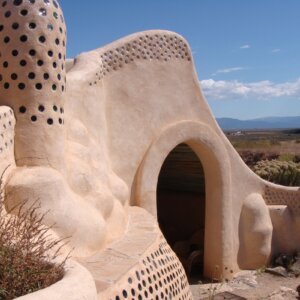






















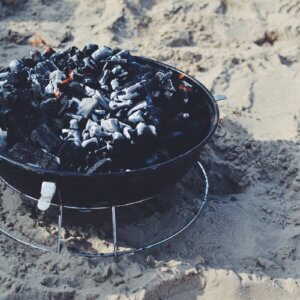


Yes YES YES. Just like you said, I would rather read my animals (and kids!) than trust a book alone. Already, even though I’m only in my first year of homesteading, I’ve learned this lesson over and over. In the face of so much misinformation, fear, and uneccessary intervention–particularly when it comes to well-designed animals–this is a very needed, thoughtfully composed, and delightful article.
This was a great read and very informative! Thank you so much!
Thanks so much for this article. I grew up on a Montana farm and our chickens were never heated (apart from the first weeks of life). I now raise a flock at a community garden, and everyone worries how the hens will stay warm and hydrated in the winter- I say they don’t need to worry as long as the girls can get out of the wind and have good feed sources. I’m now going to direct them to this article!